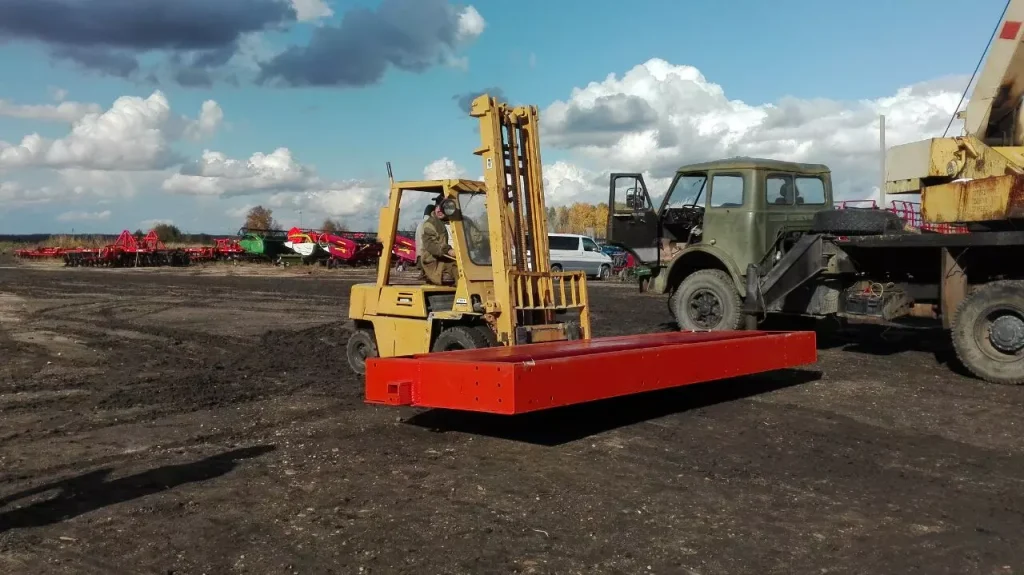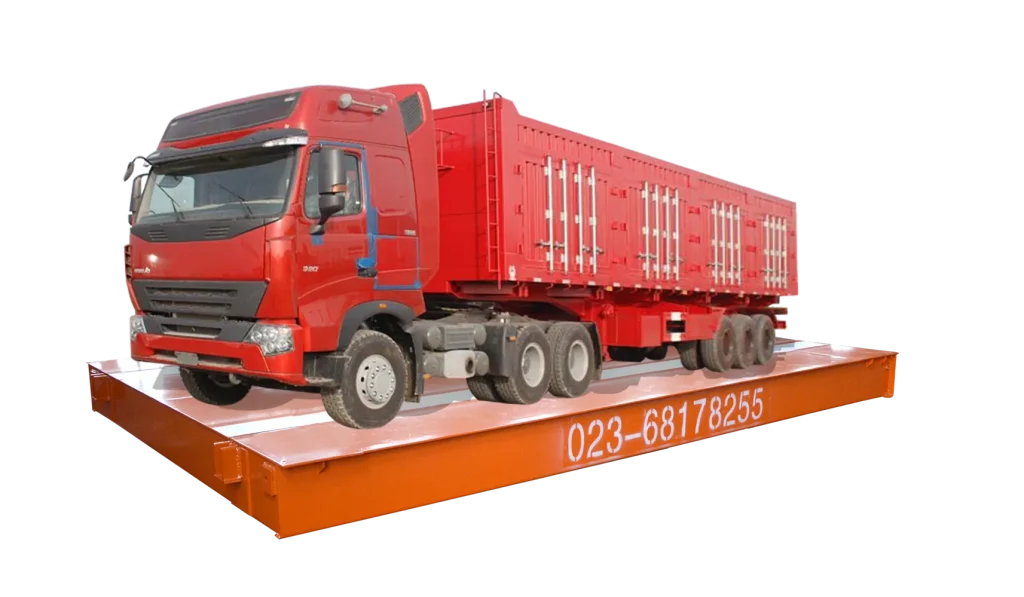Dig in Or Drive on? Pit Vs. Pitless Weighbridges
Weighbridges are vital tools for businesses that need to accurately measure the weight of vehicles and cargo. However, not all weighbridges are created equal. Two main types dominate the market: pit-mounted weighbridges and pitless weighbridges. Each offers distinct advantages and disadvantages depending on your specific needs. This article provided by weighbridge manufacturing company Bincen delves into the key differences between these two types of weighbridges. We’ll explore factors like installation complexity, drainage requirements, and the impact on accuracy. By understanding these aspects, you can make an informed decision about which type of weighbridge best suits your operation.
What Is the Difference Between a Pit Weighbridge and a Pitless Weighbridge?
| Feature | Pit Weighbridge | Pitless Weighbridge |
| Installation | Excavation of a pit is required to install the platform and load cells below ground. | The platform and load cells are installed above ground, so excavation is unnecessary. |
| Cost | The pit’s excavation and construction costs make it generally more expensive. | Generally less expensive due to the simpler installation process. |
| Accuracy | Can be more accurate due to the stable environment of the pit and the reduced sensitivity to external factors like temperature and wind. | May be slightly less accurate than pit weighbridges due to the exposure of the platform and load cells to external factors. |
| Maintenance | Can be more challenging to maintain as some components are underground. | Easier to maintain as all components are above ground. |
| Space Requirements | Requires less space overall as the platform is flush with the ground. | May require more space for ramps and approach areas. |
| Drainage | Requires a drainage system to prevent water from accumulating in the pit. | Does not require a drainage system. |
| Vehicle Access | Vehicles can enter and exit from all sides of the platform. | Vehicles can typically only enter and exit from one or two sides of the platform. |
| Appearance | Can have a more industrial appearance due to the pit and ramps. | Can have a more modern and aesthetically pleasing appearance. |
| Applications | Well-suited for high-traffic applications and environments where accuracy is critical. | Well-suited for applications where ease of installation, maintenance, and space are important considerations. |
In summary, pit weighbridges are generally thought to be more accurate and durable than pitless weighbridges, but they are also more costly and difficult to install and maintain. Pitless weighbridges are a less expensive and easier-to-maintain option, but they may not be as accurate or durable in certain applications.
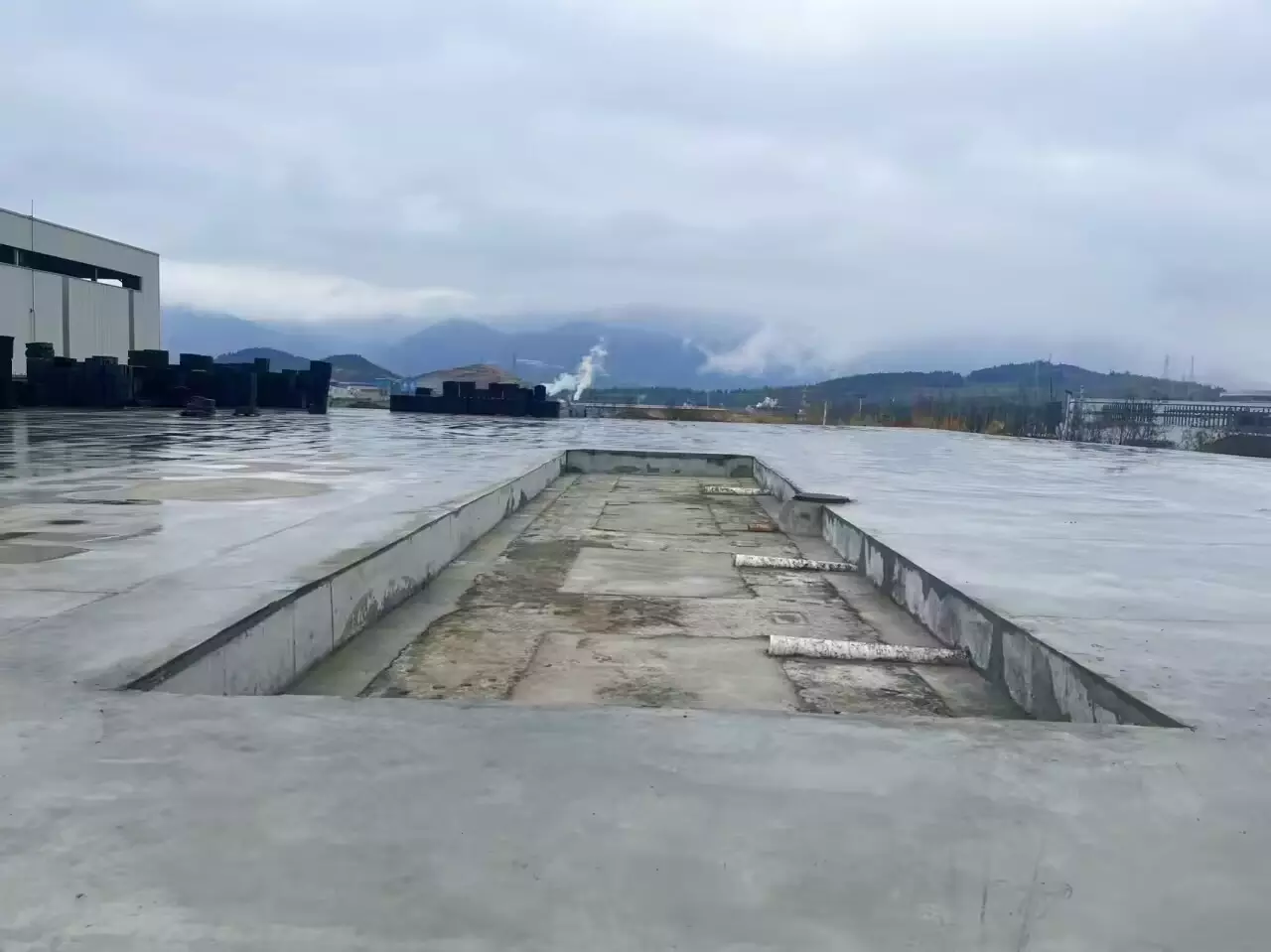
Does a Pit Weighbridge Need a Drainage System?
A pit-mounted weighbridge requires a well-designed and properly installed drainage system. Here’s why it’s crucial and the key components involved:
The Importance of Drainage
- Protecting Load Cells: Water accumulation in the pit can damage the weighbridge’s load cells, which are its heart. Load cells are extremely sensitive to moisture and may malfunction or corrode if submerged.
- Maintaining Accuracy: Water can compromise the weighbridge platform’s stability and accuracy by causing uneven pressure on the load cells.
- Preventing Structural Damage: Standing water can weaken the pit’s foundation and surrounding structure over time, requiring costly repairs.
Components of a Pit Weighbridge Drainage System
- Drainage Pipes: A network of perforated pipes is strategically placed beneath the weighbridge platform and along the pit floor’s perimeter. These pipes collect and direct water away from the load cells and foundation.
- Sumps: To collect the drained water, low points are created within the pit, which are often made of pre-cast concrete.
- Drainage Outlets: The sumps’ pipes drain to a designated point outside the pit area. This could include a storm drain, a retention pond, or a separate collection system.
- Slope: The pit floor should be slightly sloped toward the sumps to ensure proper water flow and prevent pooling.
Benefits of a Well-Designed Drainage System
- Extends the lifespan of the weighbridge: A proper drainage system ensures the weighbridge’s long-term reliability and performance by protecting the load cells and foundation from water damage.
- Maintains weighing accuracy: Having consistent and reliable weight readings is essential for any weighing operation. A proper drainage system aids in the accuracy of the weighbridge.
- Reduces maintenance costs: Early detection and correction of drainage issues avoid costly repairs and replacements of water-damaged components.
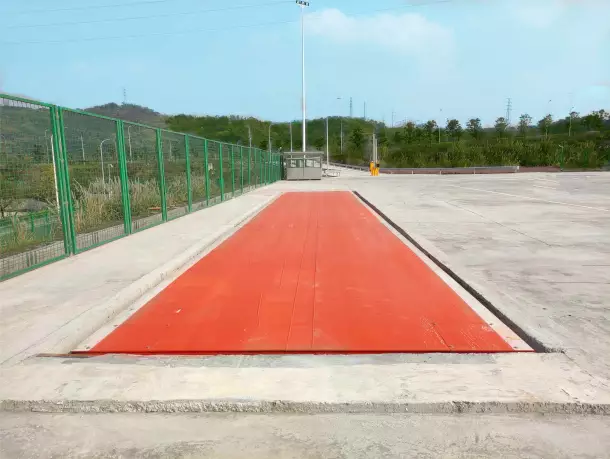
Is It Difficult to Install a Pit Weighbridge?
Installing a pit weighbridge is a more involved process than its pitless counterpart. Here is a detailed breakdown of the factors that contribute to the installation difficulty.
Excavation and Foundation Work
- Planning and Permits: Before digging, make sure to obtain all necessary permits and mark any underground utility locations.
- Soil Conditions: The type and stability of the soil affect excavation difficulty. Clay or rocky soils require more effort and specialized equipment than sandy soils.
- Pit Size and Depth: The size and depth of the pit are directly proportional to the size and capacity of the weighbridge. Larger pits necessitate more thorough excavation.
- Shoring and Support: Depending on the soil conditions and depth, temporary shoring may be required to avoid cave-ins during excavation.
- Foundation Construction: A solid and level foundation must be built within the pit to support the weighbridge platform and load cells.
Weighbridge Components and Installation
- Load Cell Placement: Precise placement of load cells within the pit is essential for accurate weighing. This requires meticulous planning and skilled technicians.
- Platform Installation: Specialized lifting equipment, such as cranes, are required to lower and secure the platform to the foundation.
Additional Considerations
- Drainage System: A drainage system is required to keep water from accumulating in the pit, which can damage the load cells and reduce accuracy. Installing drainage pipes and sumps adds another level of complexity.
- Electrical and Cabling: Wiring from the weighbridge to the control panel may require trenching or conduit installation.
- Calibration and Testing: Once everything is installed, the weighbridge must be thoroughly calibrated and tested to ensure accurate weight readings.
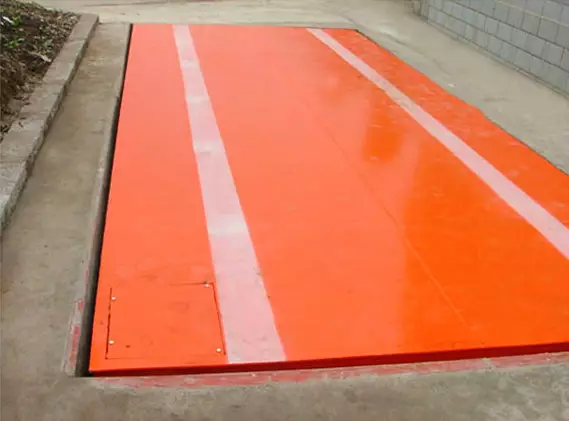
Conclusion
Choosing the right weighbridge is a significant investment for your business. We’ve looked at the primary differences between pit and pitless weighbridges, such as installation complexity, drainage requirements, and accuracy considerations. Pit weighbridges provide superior accuracy and a low-profile design, but require a more involved installation process that includes a well-designed drainage system. Pitless weighbridges are easier and faster to install, but they may not be the best option for high-traffic applications requiring accuracy. Finally, the best option is determined by your unique requirements and priorities. You can choose the best weighbridge for your business by taking into account budget, space availability, and desired accuracy. Bincen is a professional weighbridge manufacturer in China. We provide all kinds of weighbridges including weighbridges with different foundation pits. No matter if you need the products now or just want to get more information first, please contact us.

